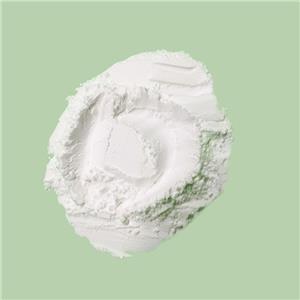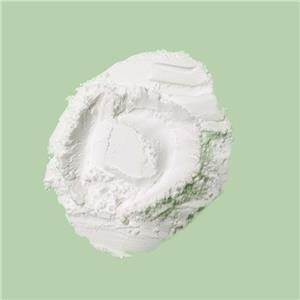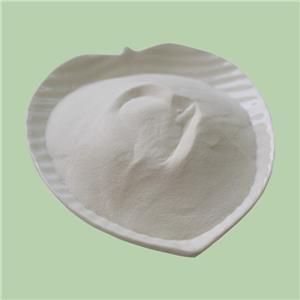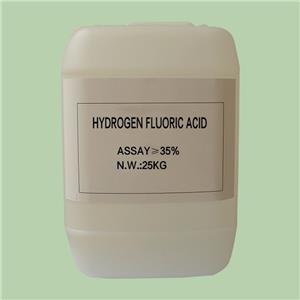Industrial Applications of Fluoroboric Acid: A Comprehensive Guide
Fluoroboric acid (HBF4) is a highly versatile chemical compound widely used across multiple industries due to its unique properties, including strong acidity, high solubility, and stability in various chemical processes. This article provides an in-depth analysis of its industrial applications, focusing on key sectors such as metal plating, electrochemistry, petroleum refining, and chemical synthesis.
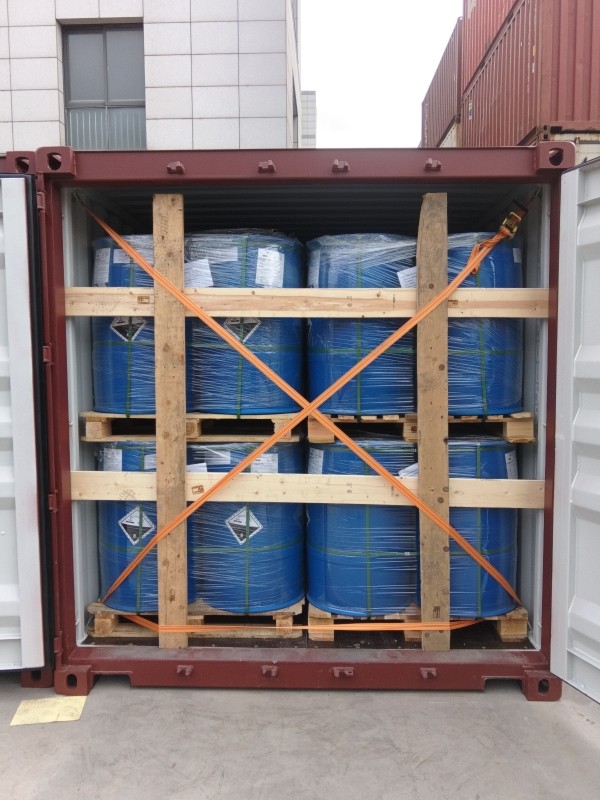
1、Metal Surface Treatment and Electroplating
1.1. Electroplating of Metals
Fluoroboric acid is a crucial component in electroplating baths, particularly for depositing lead, tin, and copper alloys. Its key advantages include:
● Improved Deposition Efficiency: HBF4 enhances metal ion mobility, ensuring uniform plating with minimal defects.
● Reduced Oxidation: Stabilizes metal ions (e.g., Pb2+, Sn2+) in acidic solutions, preventing premature oxidation.
● Bright and Smooth Finishes: Used in decorative and functional coatings for automotive parts, electronics, and aerospace components.
★ Industry Example: Lead-Tin Alloy Plating
In the electronics industry, fluoroboric acid-based electrolytes are used for solderable coatings on printed circuit boards (PCBs). The acid ensures:
a. High Conductivity for efficient electrodeposition.
b. Corrosion Resistance in harsh environments.
c. Fine-Grain Structure, improving solderability and durability.
1.2. Aluminum Anodizing
HBF4 is employed in anodizing aluminum to enhance corrosion resistance and adhesion for paints or dyes. It helps:
1.21. Remove Oxide Layers before anodization.
Before anodizing, aluminum surfaces naturally form a thin, passive oxide layer (Al2O3) that can interfere with the anodization process. Fluoroboric acid is used in pretreatment stages to:
a) Efficient Oxide Dissolution
b) Smoother Surface Finish
★ Industry Example: architectural aluminum cladding
In architectural aluminum cladding, HBF4 pretreatment ensures a flawless base for anodizing, critical for high-end building facades requiring long-term weather resistance.
1.22. Promote Uniform Pore Formation, critical for dye absorption in colored aluminum products.
During anodizing, aluminum is submerged in an acidic electrolyte (e.g., sulfuric acid), where an applied current creates a porous oxide layer. Fluoroboric acid enhances this process by:
a) Regulating Pore Structure
b) Improving Dye Retention
2. Petroleum Industry: Alkylation Catalyst
2.1. Role in Alkylation Processes
Fluoroboric acid serves as a co-catalyst in alkylation reactions, where it helps produce high-octane gasoline by combining isobutane with olefins (e.g., propylene, butylene).
Key Benefits:
● Higher Reaction Rates: Compared to sulfuric or hydrofluoric acid, HBF₄ accelerates alkylation.
● Better Product Yield: Reduces side reactions, improving gasoline quality.
● Lower Corrosion Impact: Extends refinery equipment lifespan.
★ Industry Example:
Major refineries use fluoroboric acid-modified zeolites to enhance alkylation efficiency, reducing energy consumption and waste.
3、Chemical Synthesis and Catalysis
3.1. Diazonium Salt Stabilization
In organic chemistry, HBF₄ stabilizes diazonium salts, which are critical for:
● Azo Dye Production (textiles, inks).
● Pharmaceutical Intermediates (e.g., sulfa drugs).
3.2. Polymerization Reactions
Fluoroboric acid acts as a Lewis acid catalyst in:
● Production of Synthetic Rubbers (e.g., butyl rubber).
● Epoxy Curing Agents, improving adhesive strength.
4. Electronics and Semiconductor Manufacturing
4.1. Etching and Cleaning of Silicon Wafers
HBF4 is used in semiconductor fabrication for:
● Removing Oxide Layers from silicon wafers.
● Precision Etching in microelectronics.
4.2. Conductive Polymer Synthesis
In flexible electronics, fluoroboric acid-doped polymers enhance conductivity in:
● OLED Displays.
● Printed Electronics.
5. Other Industrial Uses
5.1. Glass and Ceramics Industry
● Frosted Glass Production: HBF₄ etches glass surfaces for decorative effects.
● Ceramic Glaze Modification: Improves durability and finish.
5.2. Wastewater Treatment
● Heavy Metal Precipitation: Helps remove lead, cadmium, and mercury from industrial effluents.
Fluoroboric acid is indispensable in modern industry, offering superior performance in electroplating, petroleum refining, chemical synthesis, and electronics. Its ability to enhance efficiency, durability, and product quality makes it a preferred choice for high-tech and heavy industries.
For businesses seeking high-purity fluoroboric acid solutions, Foshan Nanhai Shuangfu Chemical Co., Ltd provides custom formulations tailored to industrial needs. Contact us today for technical consultations and bulk supply inquiries.

